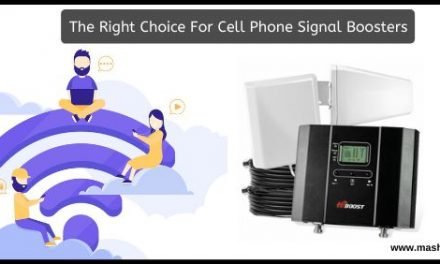In a world that is going paperless somebody forgot to mention the pen! Everyone wants to save the planet, and businesses want to save money. The explosion of growth towards becoming a paperless society has quickly become one of the hottest growing trends in the United States. It could be easily said that going paperless is one of the quickest and easiest ways to directly impact the bottom line of any business.
So what about the critical signature?
Ever since man has learned the value of the written word and put those words to paper he has formed contracts, established laws, tracked money and more. It is, however, ultimately a person’s signature that is the most crucial element. It binds the person to the document and is one of the few legal means to have it endure in court. Even when a person could not read or write they were able to mark with an “X” on the proverbial dotted line as long as someone read the contract to them. Signatures, and the need for them, are not going to change The push to the paperless and electronic renderings of documents does not eliminate the need for signatures, but it does reinvent what they look like and what a signature actually consists of. Essentially there are three ways that a signature is acknowledged in the electronic age.
The fill in the blank signature.
A document of insignificant risk like a homework submission or a group project is not going to have all the same formalities as important government documents. For what would be considered a low-security document, the signatures can often be typed in by the signer and the document submitted without any sort of authentication.
The signature verification method.
At some point in everyone’s life, they are going to have to sign an important document like a deed or mortgage. The time is already here where these documents are signed electronically within some banks and modernized title companies. With the United States federal and state laws cracking down on privacy laws the standards of fiduciary responsibility go up along with the liability for a tort action in negligence when information is mishandled. The signatures have become more complex and are often tied to disclaimers that must be read as part of the signature. The electronic industry has moved towards a verification of identity by linking in personal data of the user such as the last four of their social security number, their date of birth, or a personal identification number (P.I.N.) that provides a secondary check to authenticate the signature.
The electronically secured signature
Many industries including banking, notary associations, and government services have all lobbied their respective legislative agencies to provide legal recourse and recognition for relying on electronic signatures that has in turn produced opportunities in the market. Within the cyber world, security through encryption has created a very competitive field as it becomes paramount for businesses to compete in the electronic age. The need for operation of simple, sound and practical business applications has helped urge the drive for development of simple processes that any consumer can use and understand. Some programs and applications are already in use and viewable on the web such as www.docusign.com, www.signnow.com, and electronicsignature.com.
Whatever the level of security need there is a tool for providing an electronic signature. While an electronic ink pen may not have ink anymore, it is nonetheless becoming just as valid. A few points to keep in mind: not all states recognize electronically signed documents although nearly all states are working on legislation to join the paperless society. The internet is a borderless business environment and what may be valid in one country may not be valid in another, so it is always good to know what the laws are in the place you want to do business or make purchases. What is meant for good can also be used for bad by others with less scrupulous character so it certainly pays to do your research. While you may be embracing the bliss of a paperless prospect in your business as the bottom line bulges, make sure you do not hand over your signature to just anyone. When all else fails, always ask somebody!
The author, Ray Donato, is currently studying computer sciences at Stanford University, including cryptogryphy and the science of securing computer systems. If you’re sending online faxes, to make sure you have a secure online faxing service he recommends first comparing the available options through a comparison service such as the one found at http://www.findafax.com.





